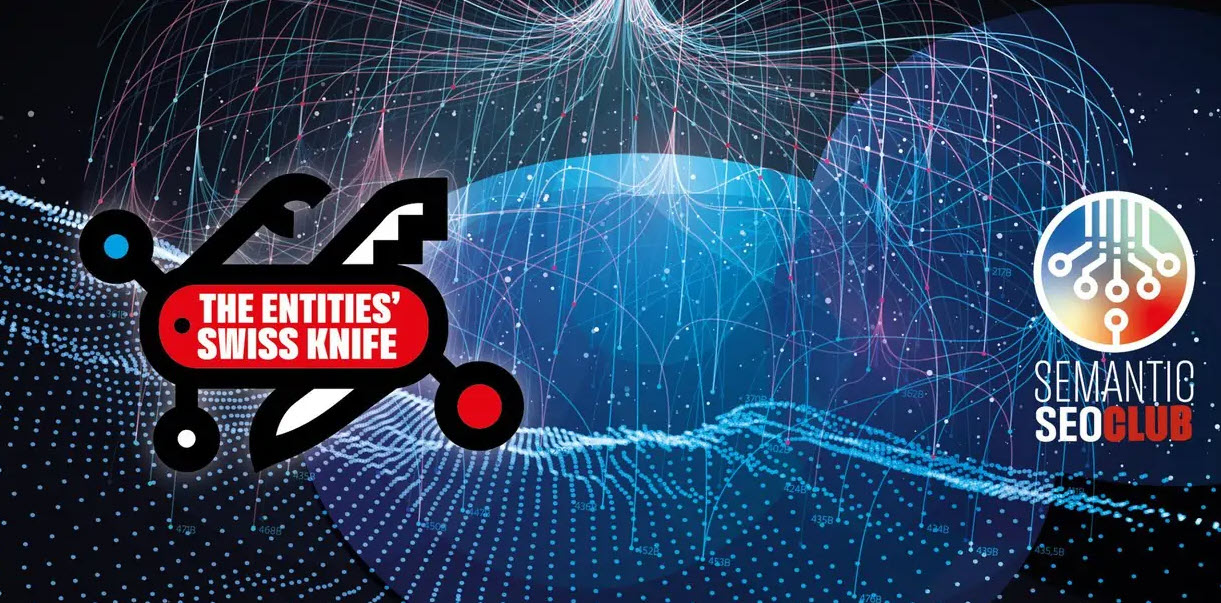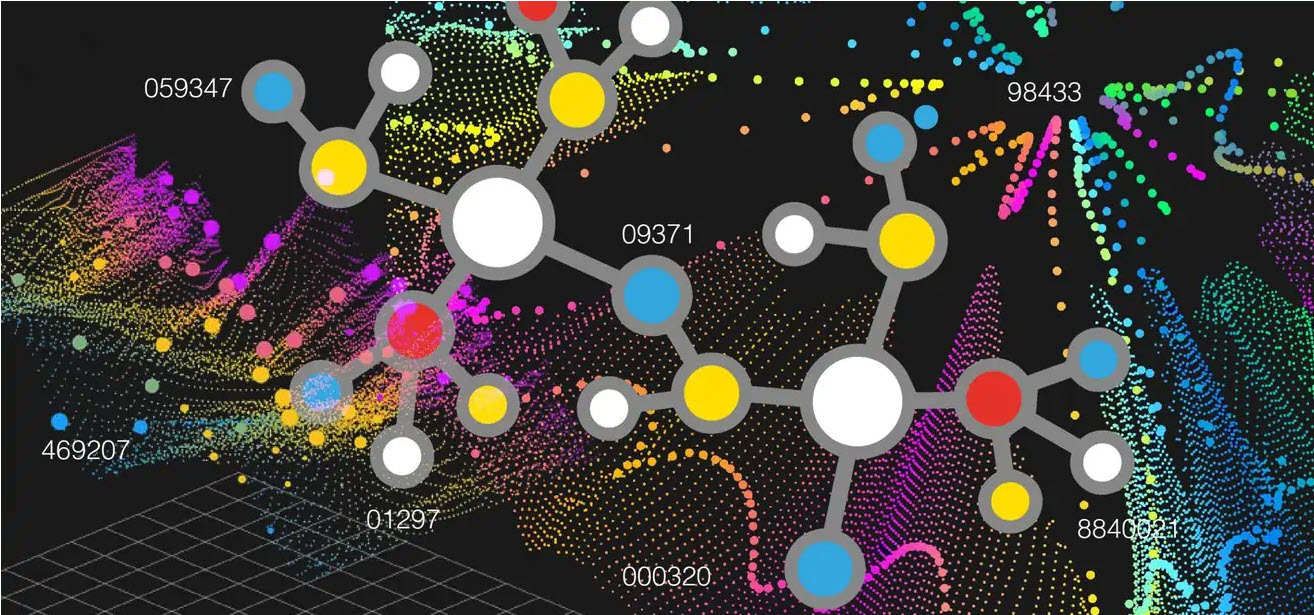
Structured Data
Distinctions in between a Lexical Search Engine as well as a Semantic Search Engine.
While a typical lexical internet search engine is approximately based upon matching key phrases, i.e., simple message strings, a Semantic Search Engine can "recognize"-- or at the very least try to-- the significance of words, their semantic correlation, the context in which they are inserted within a question or a paper, therefore accomplishing an extra specific understanding of the individual's search intent in order to generate more pertinent results.
A Semantic Search Engine owes these capacities to NLU formulas, Natural Language Understanding, in addition to the presence of structured information.
Subject Modeling as well as Content Modeling.
The mapping of the distinct devices of content (Content Modeling) to which I referred can be usefully carried out in the style stage and can be related to the map of topics treated or dealt with (Topic Modeling) as well as to the organized data that expresses both.
It is a fascinating practice (let me understand on Twitter or LinkedIn if you would certainly like me to write about it or make an impromptu video) that allows you to create a site and create its content for an exhaustive therapy of a topic to acquire topical authority.
Topical Authority can be called "deepness of competence" as viewed by search engines. In the eyes of Search Engines, you can end up being a reliable source of information worrying that network of (Semantic) entities that define the subject by constantly writing original high-quality, comprehensive material that covers your broad subject.
Entity linking/ Wikification.
Entity Linking is the process of recognizing entities in a message record and connecting these entities to their one-of-a-kind identifiers in a Knowledge Base.
When the entities in the message are mapped to the entities in the Wikimedia Foundation sources, Wikipedia and Wikidata, wikification takes place.


